Big Basin State Park is not the lush, shady ancient forest it once was. In August 2020, 97 percent of the old-growth forest nestled in the heart of the Santa Cruz Mountains burned in the devastating CZU Lightning Complex fire. … Read more
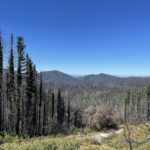
Sign up for our free weekly newsletter and understand everything better!
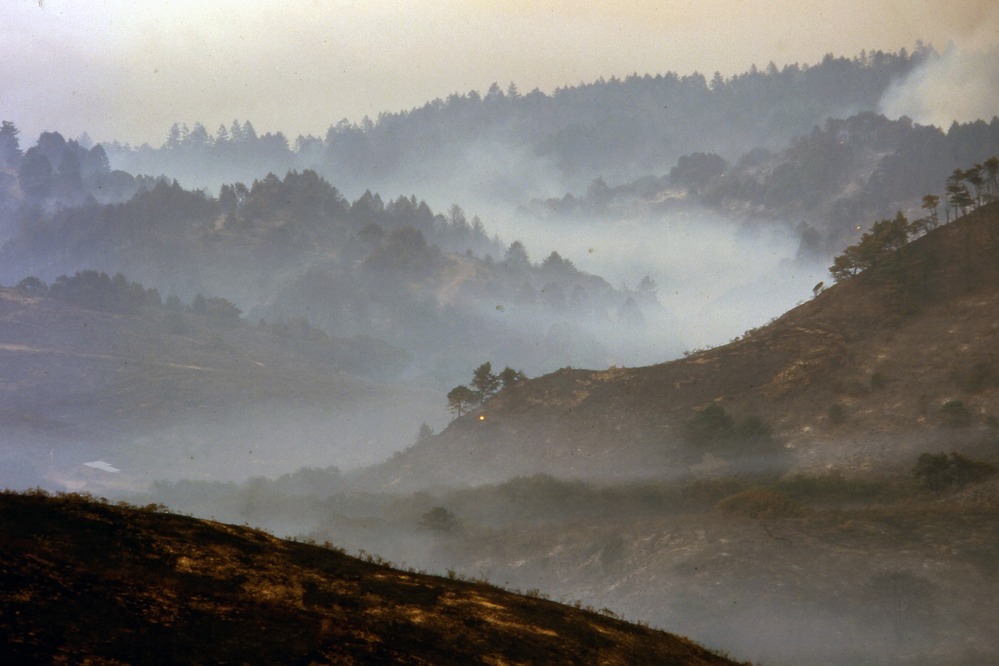

Big Basin State Park is not the lush, shady ancient forest it once was. In August 2020, 97 percent of the old-growth forest nestled in the heart of the Santa Cruz Mountains burned in the devastating CZU Lightning Complex fire. … Read more
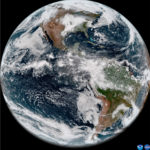
Nine of the 20 largest wildfires in California in the last 110 years were started by lightning strikes, including the devastating Lightning Complex fires in August 2020 that burned more than 750,000 acres in and around the Bay Area. Between … Read more
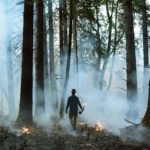
Scientists estimate that California needs to burn one million acres a year to prevent catastrophic wildfires. That’s more than a single agency can
manage, but if you teach one million people to burn one acre each …
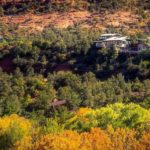
New research shows that some areas of the wildland-urban interface – the land where development ends and wilderness begins – are at much higher risk of burning than others.
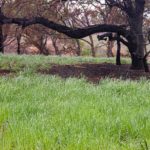
With millions of acres burned in the last two years, it’s likely you’ll pass through a burned area.
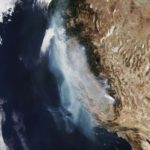
Wildfires have become larger, more frequent, more severe, and more destructive to human life and property in many ecosystems in California in recent decades. If you’ve lived in California for a while, it might feel like this has suddenly become … Read more
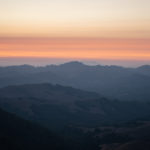
“While acute smoke is bad for human and environmental health, smoke in moderation can be part of human and environmental health and well-being.”
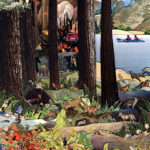
There’s no option to live without fire in California, and setting small, controlled fires could help keep the large, unruly ones at bay. But what would an increase in controlled burns actually look like, and how would they impact our open spaces, wildlife, air, and water?
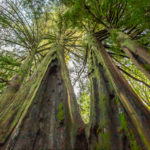
Old redwood trees have seen fire many times in their lives. It’s because of their fire scars—not in spite of them—that the redwood forest thrives.
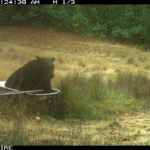
New research is using motion-sensor cameras to reveal how wildlife communities survive fire and how they adapt to a burned landscape in the weeks, months, and years after a fire.